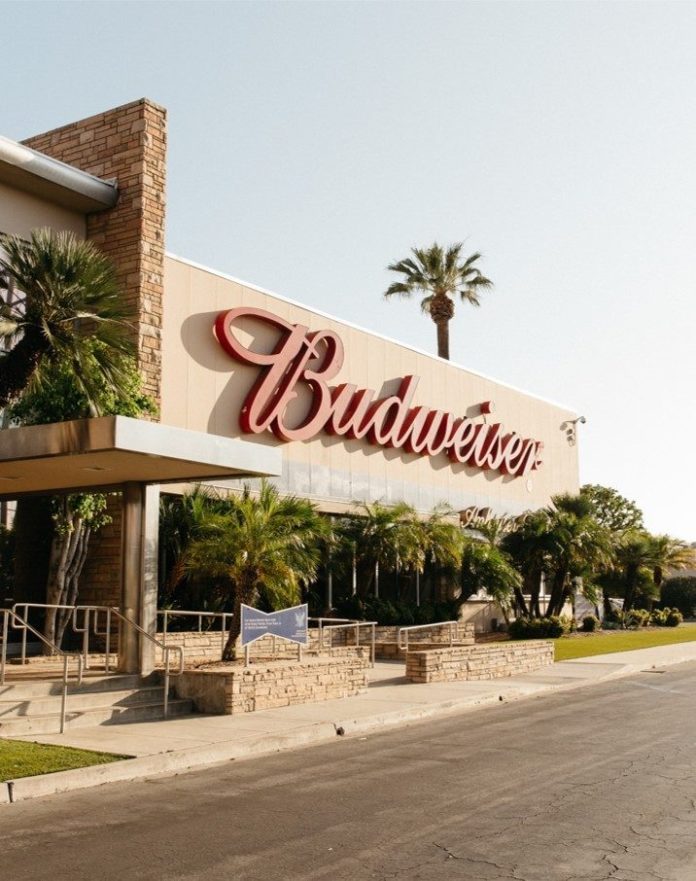“Why ask why? Try Bud dry” was a 1990 advertising campaign that was successful in the introduction of light lager beers. It is also a very useful phrase in your business.
Frequently we visit businesses in which there is an attempt to be everything to everybody; whatever a customer asks for, we will have the product in a variety of sizes and in many cases a variety of flavors. Even if there are multiple brands with identical products, there is a sizable duplication because the customer asked for a particular brand.
There are two problems with this strategy.
The first is the store is going to find their inventory turn rate to decrease. And with a decrease in the turn rate, profits and Return on Investment are both going to suffer. No business should ever expect or try to achieve a 100% fulfillment rate when it comes to what the customer asks for.
Think about it from your personal experiences. How many stores have you gone into that have always had exactly what you want? When you visit a restaurant, are you ordering from a menu? Or are you telling the waitperson what you want them to go tell the chef to prepare for you? The menu is the restaurant’s way of telling you what options you have in eating there.
There is a second situation we have observed that is applicable. When a business begins to learn and apply the lesson we just outlined, we frequently hear the owner receiving complaints from their employees.
“I can’t sell what we don’t have,” is an odd statement the employee makes as a complaint for the store not stocking all the possible choices for customers.
While a bit sarcastic, the answer for the employee is, “We hire you to sell what we have on hand.”
Realistically, if your business offered every brand, size and flavor of liquors, beers, wines and accessories, would you need salespeople? Not likely.
Instead, all you would need would be cashiers and people to stock the shelves. While you have hired cashiers and stockers, you have also hired salespeople. Let’s make sure these workers are doing their job in being salespeople.
A customer walks into your store and asks for a product. Instead of telling the customer the product is on a particular aisle, the salesperson walks the customer to the appropriate aisle. Along the way, the Budweiser slogan is asked with a slight twist.
“Why did you pick that particular (brand)(size)(flavor)?”
The response from the customer gives the salesperson insight to what the customer likes, and arms them with new knowledge in transitioning the customer to the “menu” in your store.
“We chose to stock this (brand)(size)(flavor) because customers have told us they prefer it, because (reasons given here).” This is a salesperson providing a testimonial to a customer as a means to making the sale.
The bottom line? “Why ask why” provides you with thought guidance for improving your bottom line and Return on Investment. “Why ask why” also provides you with a reason for your making sure you have cashiers, stockers and salespeople — because salespeople know how to sell.
Tom Shay is a lifelong small-business owner and manager. He has authored 12 books on small business management; a college textbook on small business financial management and co-authored a book on retailer/vendor relations.










